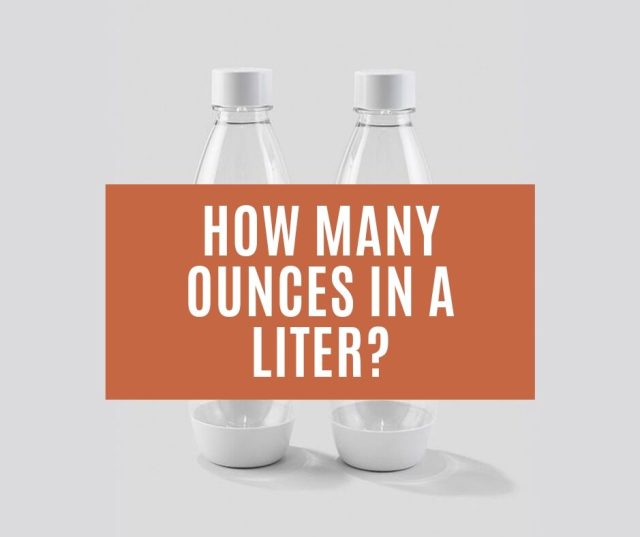In the vast landscape of liquid measurements, the distinction between liters and ounces plays a pivotal role in the culinary and scientific realms. Understanding the nuances between these two units is essential for precise measurements and successful recipe execution. Join us on a comprehensive journey as we unravel the differences, explore their applications, and delve into the conversion factors that bridge the gap between liters and ounces.
Liters vs. Ounces: Definitions and Origins
To comprehend the dissimilarity between liters and ounces, let’s begin with their definitions. The liter, derived from the metric system, is a unit of volume equal to 1,000 cubic centimeters or one cubic decimeter. On the other hand, the ounce, rooted in the imperial and U.S. customary systems, represents a smaller unit of volume. One fluid ounce is approximately 29.5735 milliliters or 1/128th of a U.S. gallon.
Applications in Daily Life
- Culinary Endeavors: In the kitchen, liters and ounces coexist, serving unique purposes. Recipes may call for liquids measured in liters for larger quantities, while smaller volumes are often expressed in ounces. Understanding this dynamic is crucial for achieving the perfect balance of flavors and textures in your culinary creations.
- Beverages and Nutrition: Beverage containers commonly display volumes in both liters and ounces, catering to a global audience. Additionally, nutritional information on food packaging often includes both metrics, allowing consumers to make informed choices based on their preferred unit of measurement.
- Scientific and Laboratory Settings: In scientific research and laboratory settings, precision is paramount. Liters are frequently used for larger liquid volumes, while ounces may be employed for more granular measurements. This duality ensures accurate experimentation and analysis.
Conversion Factors
Bridging the gap between liters and ounces requires an understanding of the conversion factors that facilitate seamless transitions between these units.
- Liters to Ounces: One liter is equivalent to approximately 33.814 fluid ounces. Therefore, to convert liters to ounces, multiply the volume in liters by 33.814. For example, 2 liters would be approximately 67.628 fluid ounces (2 liters x 33.814 fluid ounces/liter).
- Ounces to Liters: To convert ounces to liters, divide the volume in ounces by 33.814. If a recipe specifies 50 fluid ounces of a liquid, it would be approximately 1.478 liters (50 fluid ounces ÷ 33.814 fluid ounces/liter).
Practical Examples
Let’s bring the theoretical knowledge into the practical realm. Picture a scenario where a recipe calls for 1.5 liters of olive oil. Understanding the conversion factor, you know this is roughly 50.721 fluid ounces (1.5 liters x 33.814 fluid ounces/liter). This precision ensures your dish maintains its intended flavor profile.
Tips for Seamless Measurement
- Use the Right Tools: Invest in quality measuring cups and containers labeled with both liter and ounce measurements. Having the right tools at your disposal enhances accuracy in the kitchen.
- Understand Recipe Requirements: When working with recipes from different sources, be mindful of the specified unit of measurement. Some recipes may exclusively use liters, while others rely on ounces.
- Be Consistent: Consistency in measurement techniques is key. Whether you’re baking, cooking, or conducting scientific experiments, adhering to a consistent approach ensures reliable and reproducible results.
In the intricate tapestry of liquid measurements, liters and ounces stand as pillars, each contributing to the symphony of precision in various fields. Armed with a solid understanding of their definitions, applications, and conversion factors, you can navigate seamlessly between these units. Embrace the versatility they offer in your culinary and scientific pursuits, and let the perfect blend of liters and ounces elevate your endeavors to new heights.












